Have you ever been curious about the peculiar and unique tastes of different cultures? Well, get ready for a culinary adventure as we dive into the realm of the weirdest food that people in Croatia love to eat!
As someone who has lived in this country for over a decade and has been embraced by a Croatian family for the past 25 years, I can’t believe it took me this long to ponder the eccentricities of Croatian cuisine.
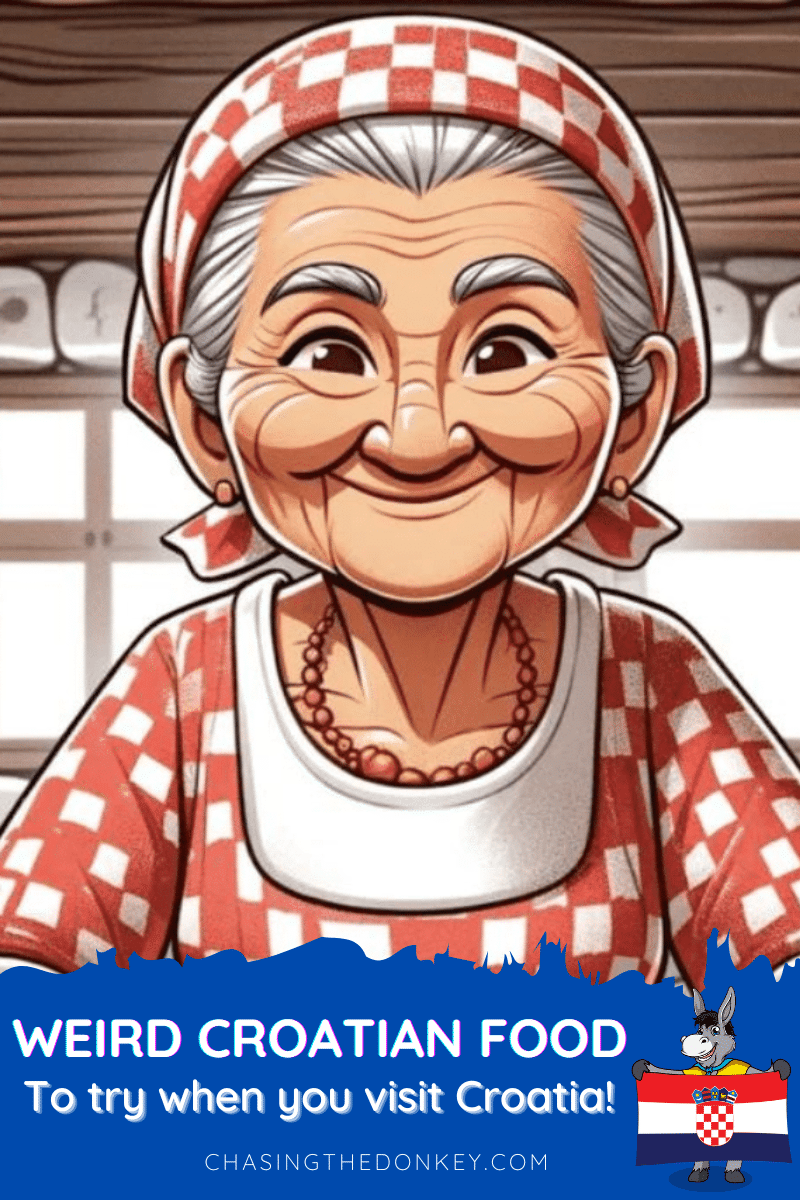
It all started with an article I wrote about the most bizarre Turkish dishes. From there, my mind began to stray, and I found myself wondering: What about the culinary oddities right here in Croatia? This thought sparked a journey of exploration and an insatiable curiosity to uncover the weird and wonderful foods that grace the Croatian tables.
Now, let me take you on this fascinating expedition through the lesser-known side of Croatian gastronomy. Brace yourselves as we unveil an extraordinary mix of flavors, combinations, and traditions that might redefine your perception of what constitutes a “normal” meal.
From quirky appetizers to mouthwatering desserts, I have got you covered with my top picks of the most peculiar Croatian dishes you can try.
Keyboard warrior warning: please keep in mind that what I label as “weird” might not be considered bizarre by Croatians. This post is not meant to offend anyone, so I kindly ask you to refrain from making rude or hateful comments. The purpose here is to present unique and unusual foods that some people may have never experienced before.
If you have taken your daily chill pill and don’t offend easily, let’s go on…
Skip Ahead To My Advice Here!
1. Bikla (Red Wine & Goats Milk)
Bikla is a unique beverage from the Dalmatian region of Croatia, a blend that might catch some by surprise. It’s made by mixing red wine with goat’s milk, creating a drink that’s both intriguing and traditional to this area.
The idea of combining wine and milk might seem a bit out there if you ask me – which is why I have never tried this.
The origin of Bikla is tied to the agricultural practices of the region, where both vineyards and goat farming are prevalent. This drink was a way to utilize both of these resources. The ratio of wine to milk can vary according to personal taste, but it’s typically prepared with a higher proportion of wine to milk. The result is a beverage that has the robust flavor of red wine with a creamy texture and slight sweetness from the milk, creating a balanced and surprisingly refreshing drink.
The best place to try this is at the Dani Bikle i Biklijada (Day of Bikla) in Vigorac here.
2. Kruh, Mast i Paprika (Bread, Lard, And Paprika)

Kruh, mast i paprika is a peculiar dish from Croatia. This traditional delicacy showcases the region’s simple yet delightful flavors. Kruh, meaning bread, forms the foundation of this dish.
To prepare this unique treat, slices of rustic bread are generously smothered with lard, or “mast,” and sprinkled with vibrant paprika. It might sound unusual at first, but trust me, the combination is surprisingly satisfying. The bread is typically toasted, allowing the flavors to mingle and create a mouthwatering harmony.
The lard adds a rich and creamy texture, while the paprika infuses a smoky, slightly spicy undertone. The result is a delightful blend of flavors that will leave your taste buds singing with joy.
Locals often enjoy kruh, mast, and paprika as a snack or a light meal. It’s a rustic and simple pleasure that evokes a sense of nostalgia for traditional Croatian cuisine.
Brands We Use And Trust
3. Istarska Supa (Istrian Soup)
Istarska supa, also known as Istrian soup, is a captivating dish that originates from the picturesque peninsula of Istria in Croatia. This hearty soup holds a special place in the hearts of locals.
Istarska Supa is more than just a soup; it’s a warm, welcoming experience deeply rooted in Istrian tradition. This isn’t your typical broth-based dish. Instead, it’s a robust, wine-based concoction that’ll make you rethink everything you know about soups.
The base of this “soup” is red wine, which is gently warmed, not boiled. A few simple but flavorful ingredients are added: sugar, black pepper, and a bit of olive oil.
But the real kicker? Toasted bread soaked right in the wine mixture. Yep, you dunk chunks of crispy, toasted bread into the wine, letting it soak up all that boozy goodness.
The taste is something to write home about. It’s a hearty, soul-warming mix of the rich, slightly sweet wine with the savory kick of black pepper, all mellowed out by the olive oil’s smoothness. The bread acts like a sponge, absorbing all the flavors and giving you something to chew on as you sip. It’s comfort food with a twist, perfect for cooler evenings or just when you need a little pick-me-up.
Istarska Supa is more than just food; it’s a communal experience often shared among friends and family, symbolizing hospitality and warmth.
4. Pečeni Puh (Grilled Dormouse)
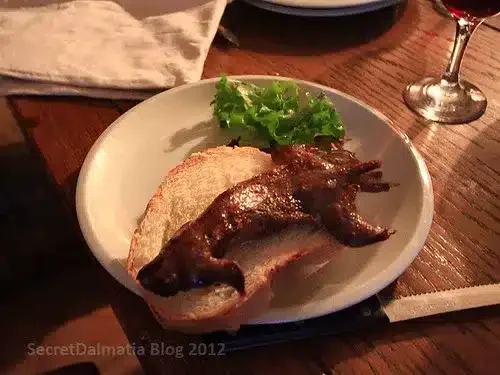
Grilled dormouse is a traditional dish found in certain parts of Croatia such as Hvar, showcasing the country’s rich culinary heritage. This dish is prepared using wild dormice, considered a delicacy in specific Croatian regions. The cooking process involves marinating the dormice in a blend of local herbs and spices, such as rosemary and garlic, followed by grilling.
The flavor profile of grilled dormouse is unique. It offers a taste similar to dark poultry meat with a slightly gamey undertone. The use of traditional seasonings enhances the meat’s natural flavors, making it a distinctive dish within Croatian cuisine.
While not widely available, grilled dormouse represents a connection to Croatia’s historical dietary practices and offers insight into the country’s diverse gastronomic landscape. For those interested in exploring traditional foods, this dish provides an intriguing culinary experience.
5. Stonska Torta (Ston Cake)
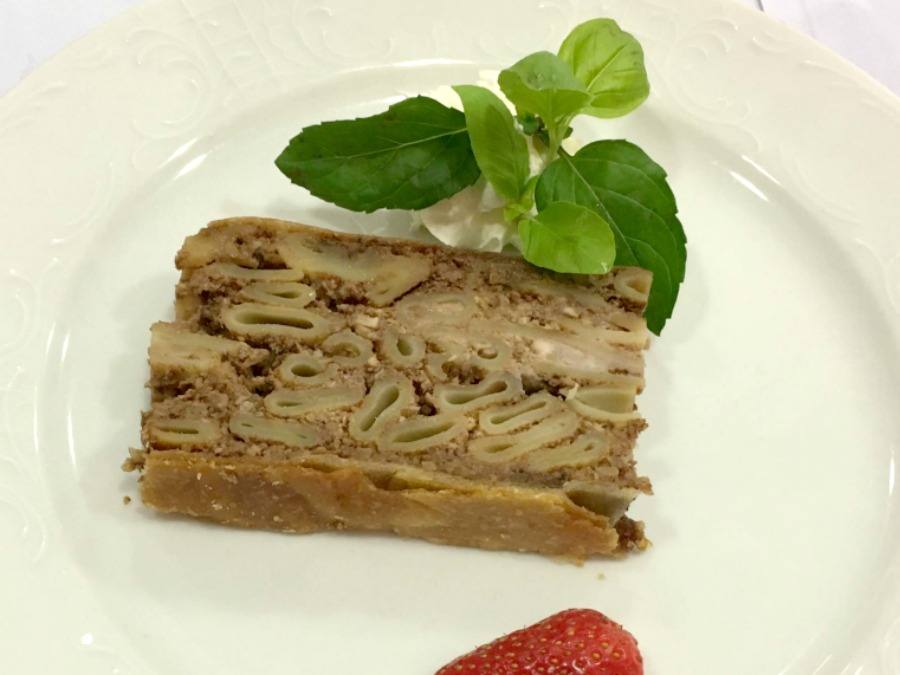
Stonska torta, or Ston cake, is a treasure from the southern region of Dalmatia in Croatia. This strange and delightful dessert has a history dating back centuries, making it a true culinary gem.
The cake is named after the town of Ston, renowned for its ancient walls and flourishing oyster farms. Ston torta mesmerizes both locals and visitors with its distinctive appearance and tantalizing flavors.
If you’re up for trying something truly different and you happen to find yourself wandering through the historic streets of Ston, Croatia, let me clue you in on a local culinary gem: the Ston torta. This isn’t your everyday dessert. Forget about finding anything like this at your local bakery because Ston torta flips the script on traditional cake expectations.
First off, what makes it stand out is the use of macaroni pasta. Yes, you read that right – pasta in a cake! But before you knock it, hear me out. The pasta is mixed into a filling that’s a blend of ground almonds (or sometimes walnuts if you’re looking to mix things up), sugar, eggs, and a zest of lemon to bring a bit of brightness to the mix. Some versions even toss in a bit of chocolate or cocoa powder because why not? The whole concoction is then wrapped in a sweet pastry dough and baked until it’s got that perfect golden crust.
Now, for the taste—it’s like nothing else. The sweet and crunchy nuts and the creamy texture of the pasta, all wrapped up in a buttery pastry, create a surprisingly delicious combo. It’s sweet but not too sweet, with the lemon zest adding a fresh kick that cuts through the richness.
So, if you’re in Ston or anywhere nearby, give this unique treat a shot. It’s a great way to dive into the local culture and try something that’s a bit off the beaten path. Plus, it’s always fun to say you’ve eaten pasta in a cake!
6. Brudet S Žabama i Jeguljama (Stew With Frogs & Eels)
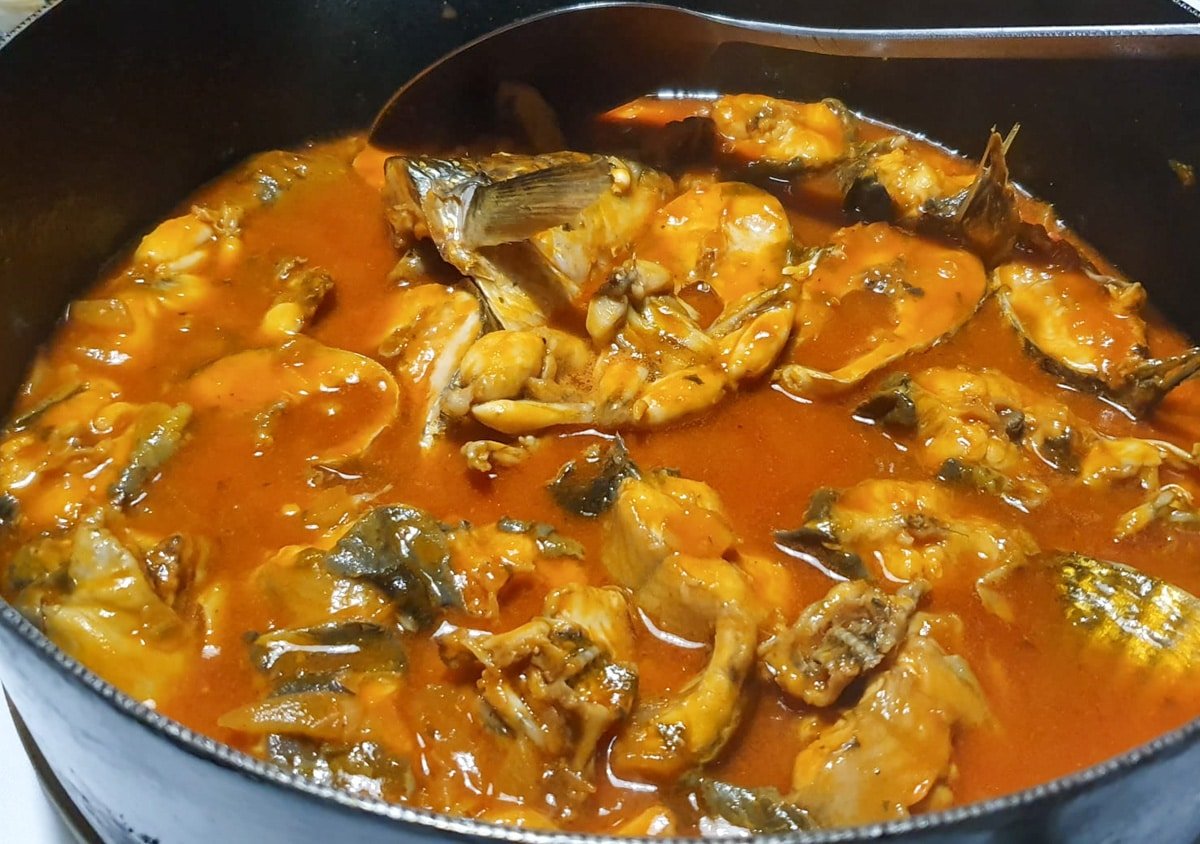
Neretvanski brudet with frogs and eels is an adventurous dish originating from the Neretva River region of Croatia. This unique brudet, or fish stew, offers a surprising blend of flavors that will leave you intrigued and satisfied.
The dish features a combination of two interesting ingredients: frogs and eels. The frogs are carefully selected, skinned, and added to the stew, providing a delicate and tender meat that adds a touch of uniqueness to the dish. The eels, although slightly tricky due to their bones, contribute a rich and distinctive taste that complements the overall flavor profile.
The brudet is enriched with a variety of herbs and spices, including bay leaves, garlic, and tomato sauce, creating a harmonious symphony of flavors. As the stew simmers, the flavors meld together, resulting in a rich and hearty dish that showcases the bounty of the Neretva River.
When you take your first bite, the tender meat of the frogs and the succulent eel will astonish you. The flavors are reminiscent of the river and the lush surrounding landscapes. The brudet offers a wholesome and satisfying experience, making it a must-try delicacy for those who seek culinary adventures.
The best place to try this is at Villa Neretva – Hotel Restaurant Turizam
7. Pašteta Od Čvaraka (Pork Crackling Pâté)
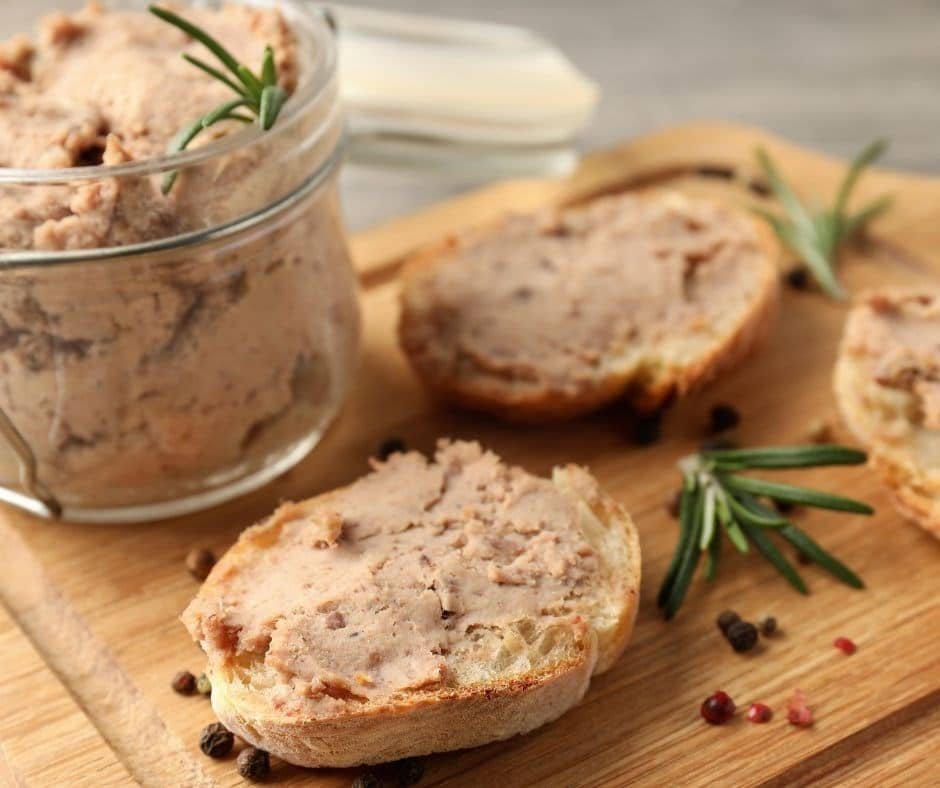
Pašteta od čvaraka is a unique spreadable delight from the vibrant county of Slavonia in Croatia. This appetizing treat is often enjoyed as a snack or accompanying a delicious meal.
The main ingredient of this intriguing creation is čvarci, also known as pork cracklings. These crispy and flavorful morsels are finely ground and mixed with various seasonings, including garlic, salt, and pepper, to form a smooth and spreadable paste.
The taste of pašteta od čvaraka is a blend of bold and robust flavors. The delicious pork cracklings provide a satisfying crunch and a rich, smoky taste that resonates with every bite. The garlic adds a zesty kick, while the seasonings enhance the overall experience, creating a spread that is both rustic and delightful.
Pašteta od čvaraka is frequently enjoyed on fresh bread or as a condiment in sandwiches. It offers a unique and savory experience that will undoubtedly leave you craving for more.
8. Paprenjaci (Pepper Cookies)
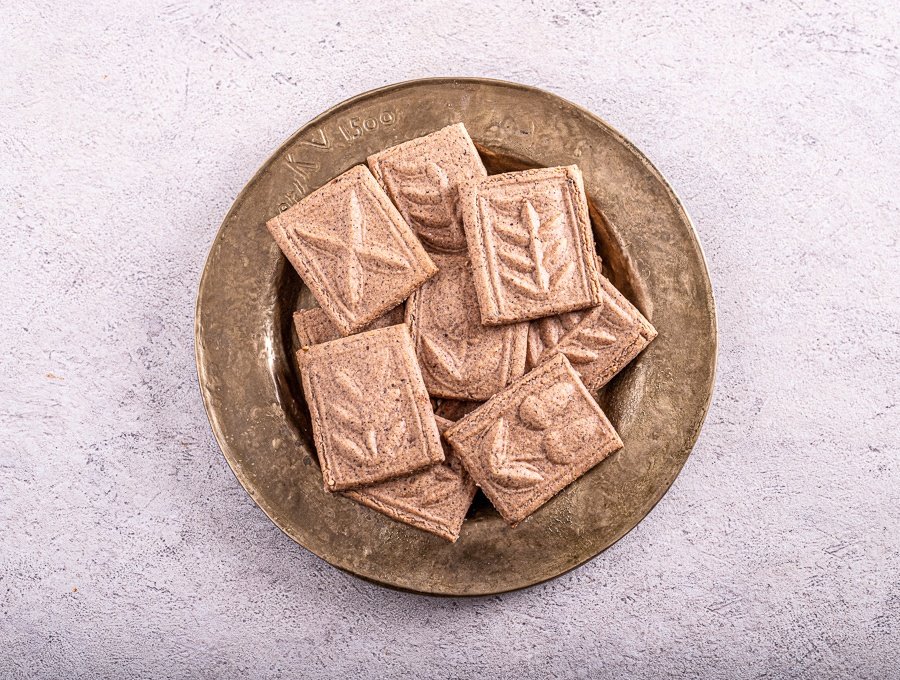
Paprenjaci, also known as pepper cookies, are a distinct treat that has been enchanting taste buds in Croatia for centuries. My son particularly enjoys them during Christmas time, so I bake dozens of them each December.
These cookies offer a surprising twist on the conventional sweetness found in traditional cookies.
As the name suggests, pepper is the star of the show in paprenjaci. The dough is prepared by combining flour, honey, ground pepper, and a variety of spices, such as cinnamon, cloves, and nutmeg. The mixture is then rolled out and cut into various shapes before being baked to perfection.
Biting into paprenjaci reveals a captivating blend of flavors. The initial crunch unveils a medley of spices that dances on your palate. The combination of the honey’s sweetness and the warmth of the spices creates a delightful balance, with the pepper adding a subtle kick that sets these cookies apart from the ordinary.
Move This Adventure To Your Inbox & Get An Instant Freebie

No spam. Unsubscribe at any time.
9. Krvavice (Bloody Sausages)
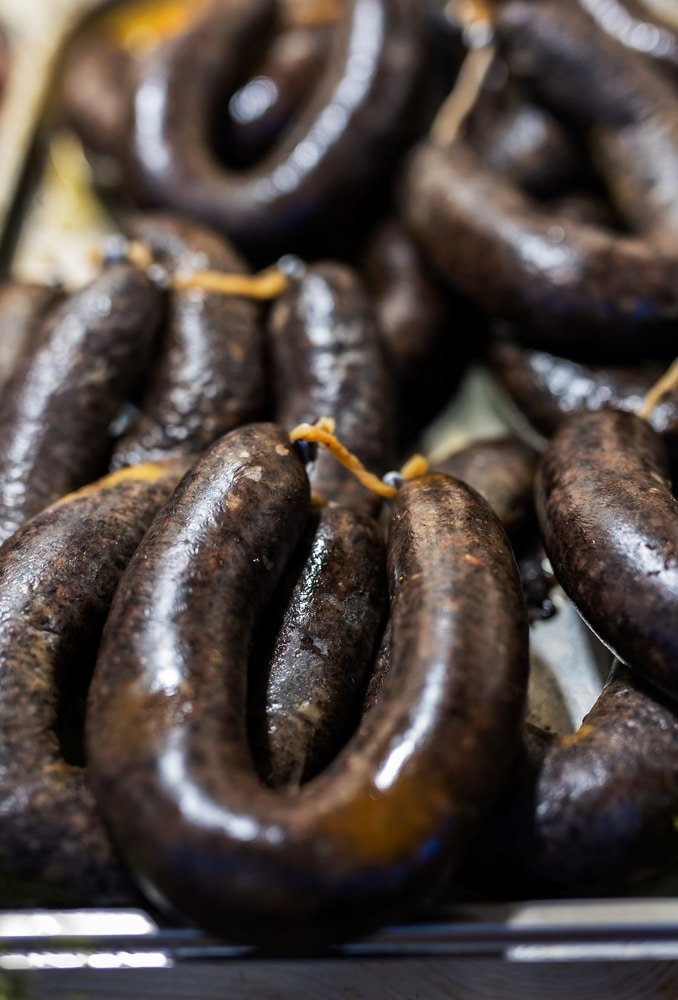
Alright, let’s talk about something that might make a few folks squirm but is a beloved classic in Croatia: Krvavice, or as they’re often referred to, blood sausages.
This dish isn’t unique to Croatia; many cultures have their version of blood sausage, but the Croatian take has its own special twist that makes it a must-try for the adventurous eater.
Krvavice comes from a tradition of using every part of the pig during slaughter, ensuring nothing goes to waste. These sausages mix pork blood with fatty bits of meat, rice, and sometimes barley, all seasoned with a hearty blend of garlic, salt, pepper, and sometimes even a dash of paprika or marjoram for that extra kick. The mixture is then stuffed into natural casings and boiled or smoked to perfection.
Now, let’s get down to what you’re really curious about the taste. If you’ve never tried blood sausage, you might be surprised. Krvavice are rich, slightly gamey, and have a unique, earthy flavor profile that’s unlike any other sausage.
The addition of rice gives them a pleasing texture, balancing the richness of the meat and blood. They’re commonly served with a side of sauerkraut or mashed potatoes, which help to cut through the sausage’s intensity and make for a comforting, filling meal.
So, if you find yourself in Croatia or at a Croatian restaurant elsewhere and you’re feeling a bit bold, give Krvavice a shot. If you are like my husband, you will love it; if you are like me, you’ll gag—let’s see.
Final Word On Weird Croatian Food
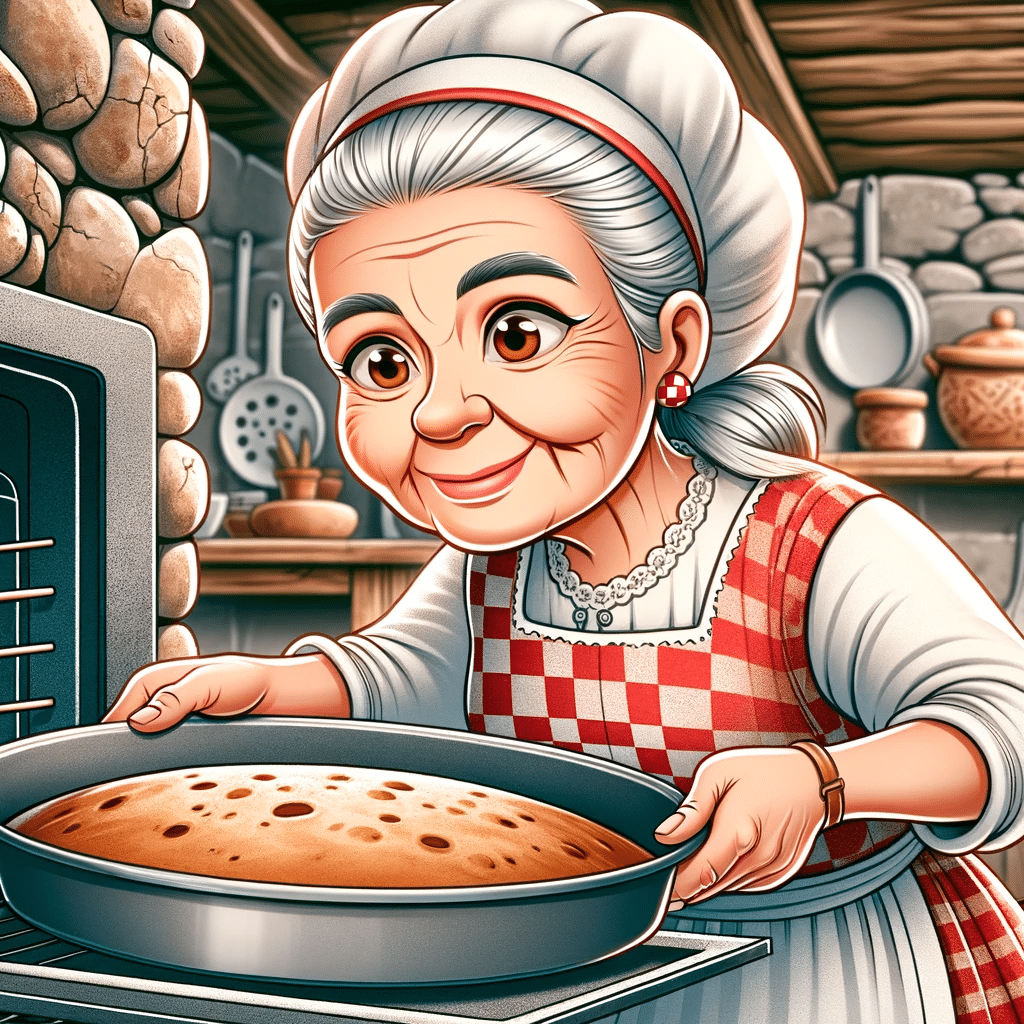
It’s crucial to bear in mind that perceptions of what is labeled as “gross” can vary greatly and are influenced by cultural backgrounds. When it comes to Croatia and its culinary delights, the journey becomes fascinating and diverse. Croatian cuisine offers a captivating exploration, presenting unique dishes that may initially pique your curiosity.
These peculiar delicacies have deep roots in Croatian culture, and I highly encourage you to sample some of them.


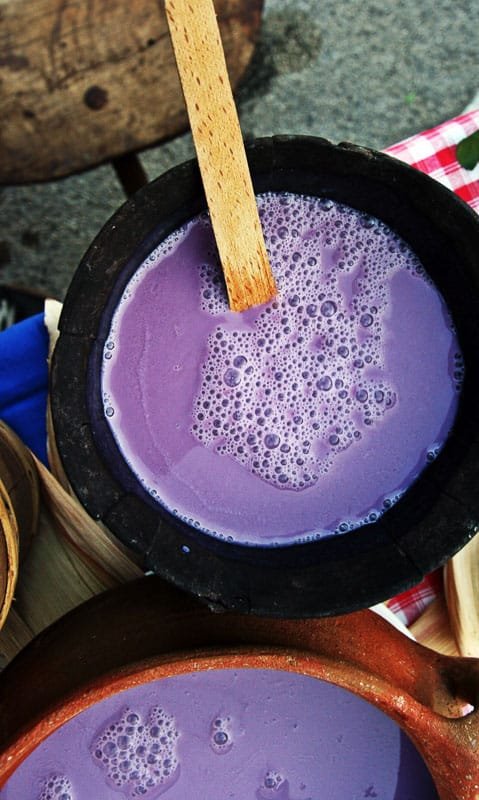
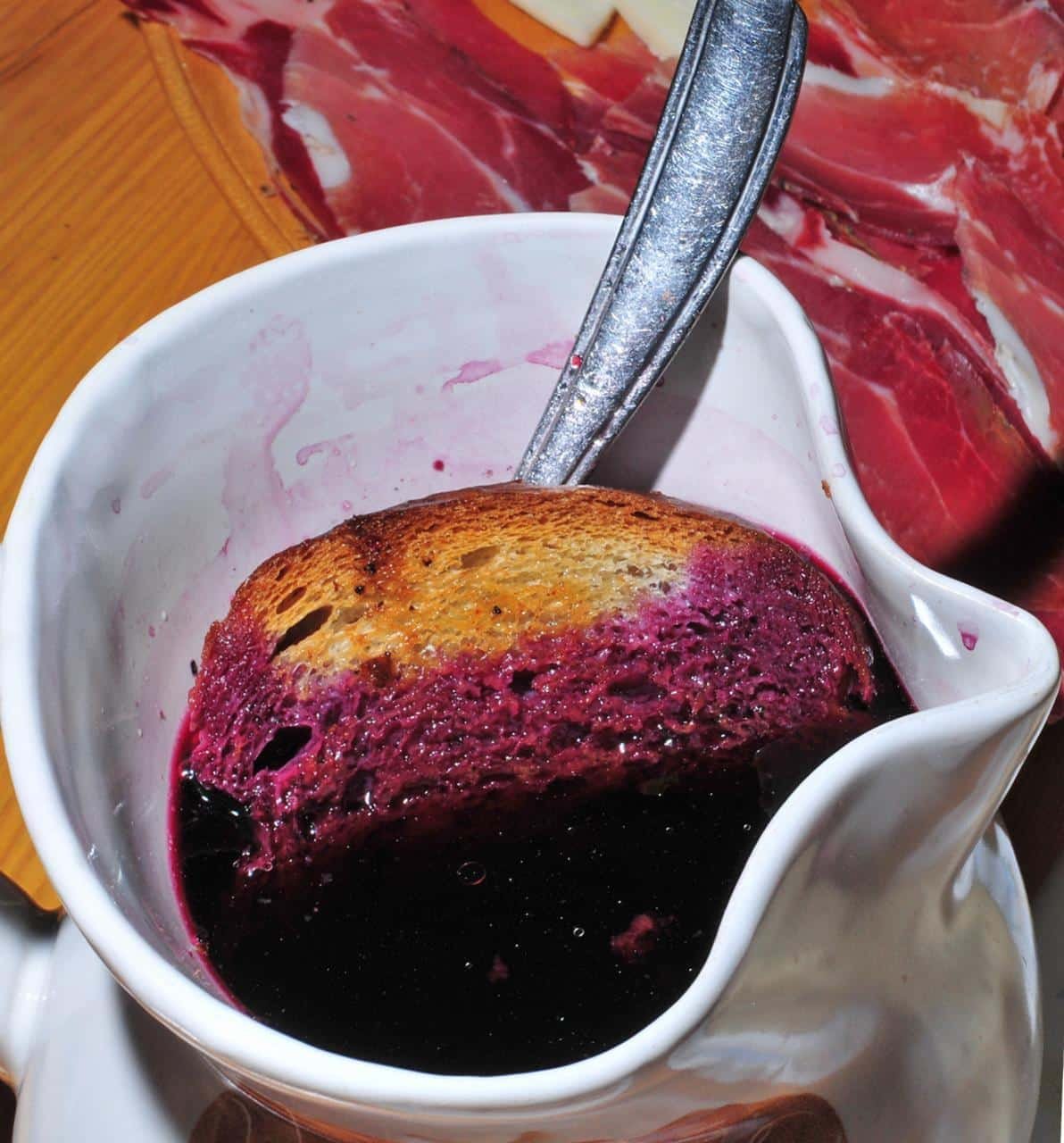
I’m an American Croatian. The only dish I was familiar with was Blood Sausage. I have one right now in my freezer. Black as coal. It’s very rich. The one I purchase in KCK isn’t gamey but rich in flavor. Recently it’s normal that the casing is removed and the insides served and we call it Croatian caviar.